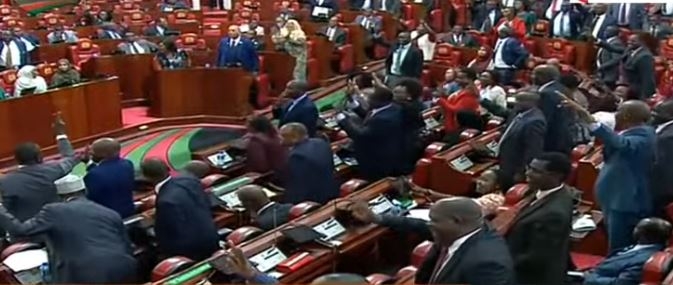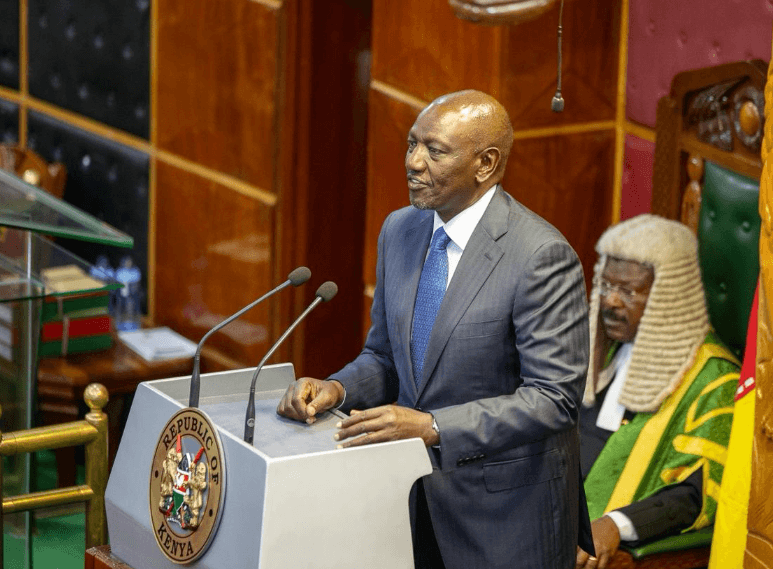Kenya’s economy is on the rebound after an excruciating 0.3 per cent contraction in 2020 owing to the Covid-19 pandemic.
Growing at 7.5 per cent in 2021, this was the fastest growth since 2010 when the economy grew at 8.1 per cent. The Treasury projects that the economy will grow at 5.9 per cent in 2022, down from a forecast of nine per cent owing to the war in Ukraine, supply disruption in fuel, cooking oil and wheat.
More importantly, the average inflation was 6.1 per cent in 2021, lower than the average inflation of 7.9 per cent in 2017. Inflation is projected to fall to five per cent in 2022.
While the GDP headline growth looks reasonably impressive, the general sentiment on main street, among ordinary Kenyans, is that the cost of living is high and it has been since the pandemic. The exuberant rebound of 2021 is yet to trickle down and the high average inflation rate is a powerful testament. Growth never really, inevitably, trickles down.
It is instructive that agriculture, which accounts for about 22 per cent of Kenya’s aggregate GDP and employs about 56 per cent of the labour force, contracted by 0.2 per cent in 2021. A precipitous crash from 5.2 per cent expansion in 2020.
Agriculture accounts for over 60 per cent of merchandise export. Kenya is the world’s top exporter of black tea and the largest supplier of cut flowers in Europe. The performance of the agriculture sector tracks rainfall patterns very closely.
In September 2021, the government declared drought a national emergency. As forecast, the October-December rainfall, also known as the short rains, was 26-50 per cent lower than expected in semi-arid and arid regions in 2021.
More than any other factor, drought or failure of rainfall is the strongest predictor of inflation in Kenya. Both livestock and crop production in Kenya is mainly rainfed.
Hence, agriculture, and especially dependence on rainfed production systems, is the Achilles heel of Kenya’s economy. Here is why investment in irrigation must be a top priority, in fact, a sine qua non to food security as well as social and economic stability.
Only 17 per cent of Kenya’s territory is considered arable, receiving more than 700 mm of rainfall per year. This works out to about 0.18 hectares (0.4 acres) per capita of arable land. The remaining 83 per cent is arid and semi-arid and would require massive investment in irrigation and water harvesting technologies to support crop and livestock production.
Simply put, our ability to feed ourselves will determine not only the pace of economic growth but also the quality and depth of growth. Our investment in irrigation has been modest at best.
According to FAO statistics, the share of land under irrigation increased from 0.99 per cent in 1990 to 2.38 per cent in 2017, a 140 per cent change. In the same period, Kenya’s population more than doubled increasing from 24 million to 50 million.
In the next five years, we need robust and sustained investment in intensification of production in arable land and careful expansion in arid and semi-arid lands through irrigation.
Professor at The Aga Khan University. Views expressed are the writer’s
“WATCH: The latest videos from the Star”













